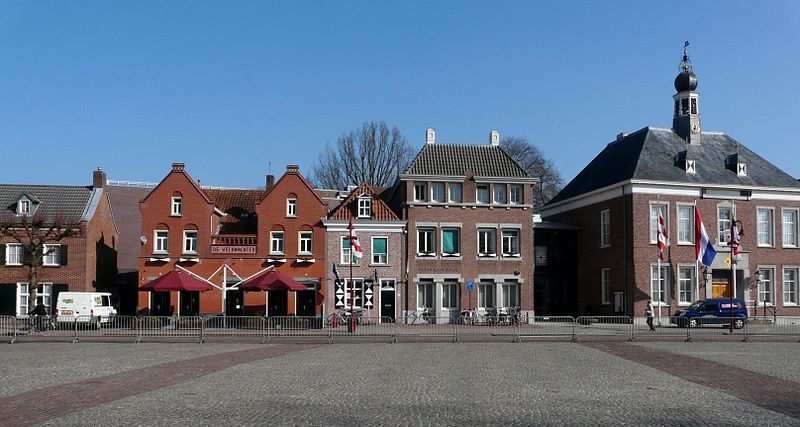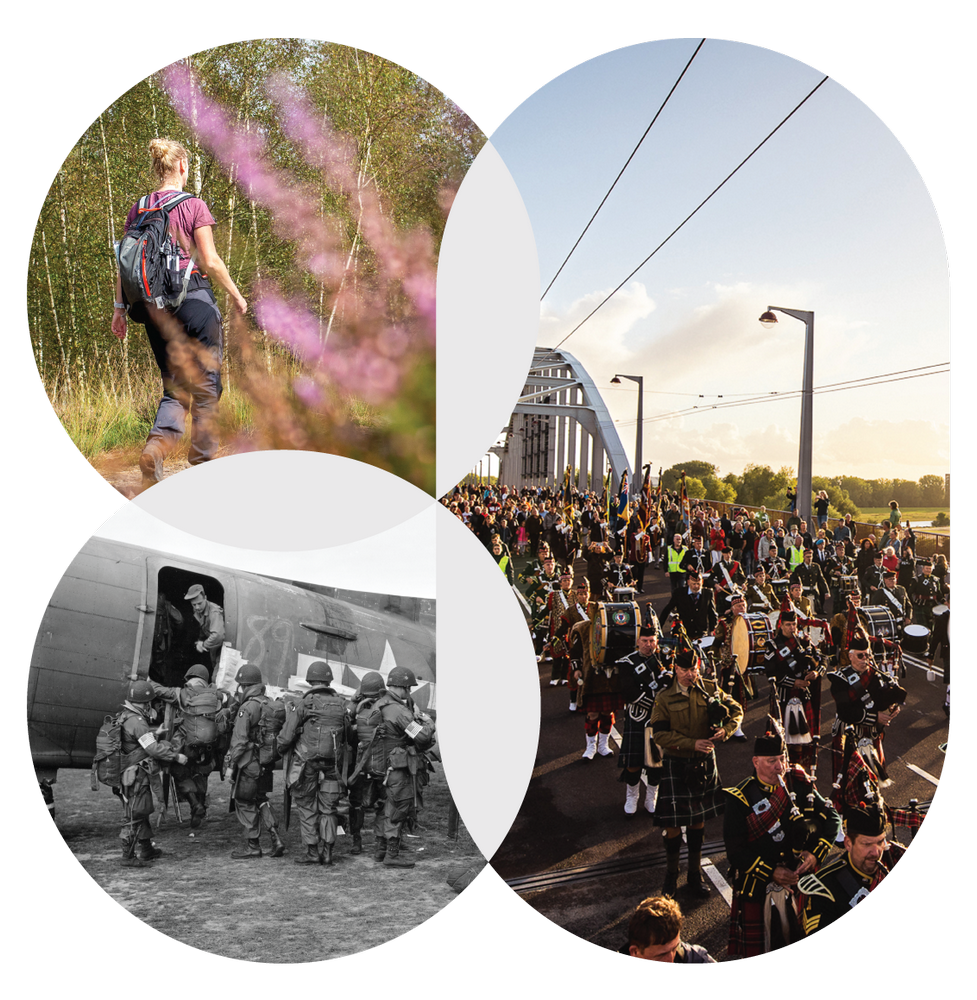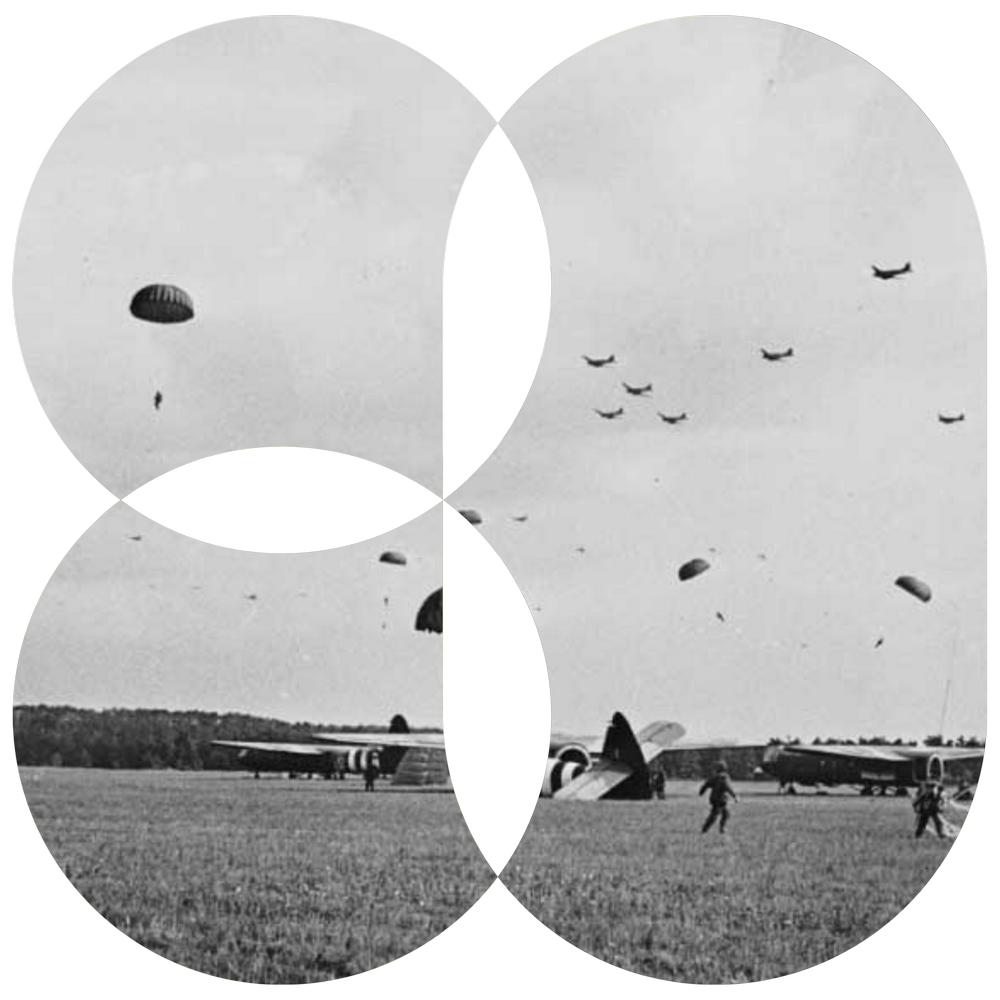
That's only been my name since 1953. Before then they called me Borretplein. Without pretense: I am not a backwater. Already at the beginning of the last century I offered a view of stately buildings, including the town hall and the mayor's villa. The showpiece: Gemert Castle, where the Fathers of the Holy Spirit, or the Spiritines, lived. I wore out the soles of monastery sandals and elegant footwear. But also clogs and workers' shoes: they found their way to the Het Anker brewery, café de Landman and Frunt's saddlery on this square. I have experienced hundreds of thousands of passers-by. All their footsteps have died away. Except that of May 11, 1940.
It's half past seven, that Saturday morning. I'm lying in the sun. The elongated shadows of houses and trees are familiar to me. Not that of cycling German soldiers with weapons. They are part of the Second Cycling Squadron. As they enter the square, they see some military trucks in front of the castle gatehouse. The vehicles belong to Commander Frets' engineer detachment. At night his hundred men were given a place to sleep with the fathers.
The hostage crowd is trapped between the warring parties. Three times I hear a fatal shot. A stray Dutch bullet hits twelve-year-old Nico van Vught.
Soldiers, some of whom wear overalls, keep watch over the equipment. Suddenly they see the cycling Germans. It's face to face, Auge in Auge. A firefight immediately ensues. During the brief exchange of shots, 27-year-old German soldier Emil Hoffman collapses.
Every square knows the blood of broken children's knees. But this ends differently. A little later time freezes, Emil Hofmann is dead. His commander is furious. He is convinced that a civilian in overalls is the shooter. On his orders, the armed cyclists search all the houses on the square and in nearby streets. The raid leads to the arrest of hundreds of people. See them walking: Piet the Rover, who drags his bedridden wife in a wheelbarrow, the pregnant Francisca from Milheeze who is temporarily staying in Gemert, the evacuees from Oploo. All prisoners are herded into a semi-open, vaulted building on the edge of the square. It's the brick music kiosk. Key note this morning: fear in A minor.
The Dutch and German soldiers engaged in a firefight for hours. The lion's share of Dutch soldiers are entrenched in the castle. The Germans take cover in houses on the square. The hostage crowd is trapped between the warring parties. Three times I hear a fatal shot. A stray Dutch bullet hits twelve-year-old Nico van Vught. The disabled Bert Baggermans alias The Pope is shot without mercy when he does not understand a German order. Sergeant Paul van Oostveen is killed in the castle after the Germans have used IG howitzers and other heavy artillery.


Surrender is the only option, Dutch commander Frets van de Genie realizes. His decision moves hundreds of feet: the hostage citizens and priests are allowed to leave the bandstand. That sound never fades away.
After the war, a white granite statue was placed in the fathers' garden. The memorial is called 'Peace Virgin'. The pedestal reads: “Names are people.” The music kiosk was demolished in early 1967. But I stayed, the Gemert square with the indispensable bricks. Because anger is not a word, but war suffering is.







